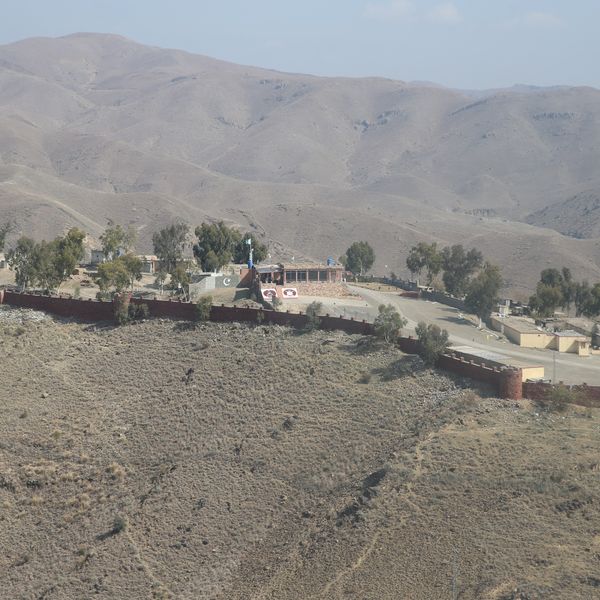US tariffs could slash Pakistan’s exports by $2 billion: report
Textiles most at risk as rising prices threaten demand; digital services seen as untapped opportunity for bilateral trade diversification
Business Desk
The Business Desk tracks economic trends, market movements, and business developments, offering analysis of both local and global financial news.

Shutterstock
Pakistan’s export loss will amount to approximately $564 million in fiscal year 2025-26 (FY26) if the new US tariffs are imposed, potentially increasing to over $2 billion over time in the worst-case scenario.
This would negatively impact the current account deficit, undermining recent progress and compounding the country's fragile economic growth outlook, according to a report by thinktank Tabadlab.
The U.S. had announced tariffs of 29% on Pakistani goods. However, President Donald Trump recently announced a pause in the reciprocal tariffs, saying only the baseline tariff of 10% would remain in effect.
The textile sector, which forms the backbone of the country’s exports, is expected to bear the brunt of the impact. While the United States remains Pakistan’s largest export market for textiles, the report cautions that price-sensitive U.S. consumers are unlikely to absorb a 29% increase in export prices, which could slash demand by at least 13% by FY26.
In contrast, Pakistan’s imports from the U.S. remain minimal, generating only $85 million in tariff revenue in FY24. U.S. exporters already enjoy relatively easy access to the Pakistani market, with few exceptional trade barriers, the report added. “Tariff tweaks alone won’t meaningfully increase exports to Pakistan,” the analysis noted.
The U.S. currently plays a limited role in Pakistan’s major import categories, accounting for just 1.4% of the country’s top five import segments worth $27 billion. This is significantly lower than the 4% share across all imports.
In 2024, Pakistan’s overall tariff collections stood at $3.9 billion on $47 billion worth of imports — an effective rate of 8%. In contrast, the effective tariff rate on U.S. imports was just 4%, raising questions about the U.S.’ claim of facing an average 58% tariff in Pakistan—even when para-tariffs like regulatory duties and sales tax are included.
While some U.S. sectors, such as cotton and vegetable fats, already enjoy zero or low tariffs and strong market access in Pakistan, other areas remain heavily protected. These include vehicles (76% tariff on $1.2 billion in imports), furniture (27%), edible fruits and nuts (22%), and paper (19%). Any movement to reduce tariffs in these sectors would require substantial policy shifts from the Pakistani government.
However, the report identified digital payments and services as a near-term opportunity for the U.S. With Pakistan’s digital payments market projected to hit $35 billion, and recent entries such as Google Pay, this space could provide mutual benefits and be viewed favorably by U.S. negotiators.
Despite the looming tariff threats, Pakistan continues to benefit from favorable trade terms with the U.S., earning an average $400 million per month in current account surplus, bolstered by around $300 million in monthly remittances. Recent monthly exports to the U.S. have reached $500 million in goods and $250 million in services, particularly in the IT sector.
Yet, these numbers represent just 0.16% of the U.S. total $4 trillion annual imports, underscoring Pakistan’s modest footprint in the American market.










Comments
See what people are discussing